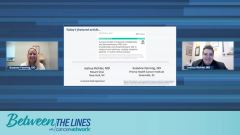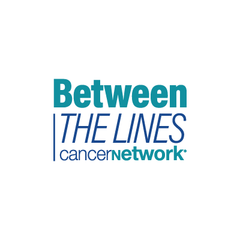
Cytogenetic Profiles of Patients With Relapsed/Refractory Multiple Myeloma
Two experts discuss cytogenetic profiles in patients with relapsed/refractory multiple myeloma treated with either doublet or triplet therapy.
Episodes in this series

Joshua Richter, MD: Here we have our comparison between cytogenetic subgroupings between the IRD [ixazomib (Ninlaro), lenalidomide (Revlimid), dexamethasone] and Rd [lenalidomide, dexamethasone] arms where we see a number of patients with the high-risk cytogenetic features such as [translocation] 4:14, 14:16, and del [deletion](17p13) without huge differences amongst them. Although they are a higher rate of T [translocation] (4:14)s in the IRD arm. With regards to standard or high risk, this is pretty consistent with the Mayo [Clinic] data from mSMART (Stratification for Myeloma and Risk-Adapted Therapy), which shows that, in general, about two-thirds of patients will be standard risk, about a third of patients will be high risk. A lot of this is skewed depending upon the quality of the cytogenetic studies, if they’re CD138 selected or not, if they’re done centrally or not because, for example, if we are doing unselected FISH [fluorescence in situ hybridization], you may be missing some high-risk cytogenetic features. But overall, it seems pretty consistent with what we see in the clinic.
Suzanne Fanning, DO: I would say exactly that. Oftentimes we worry about those patients who have adverse risk profiles, and we want to make sure that we are sequencing our drugs as best as possible. That’s one of our greatest challenges in multiple myeloma so always looking to make sure that we’re looking at the patient in front of us, knowing what risk profile they’re bringing to the table, and making sure that it’s an appropriate regimen for that patient.
Transcript edited for clarity.
Newsletter
Stay up to date on recent advances in the multidisciplinary approach to cancer.













































































